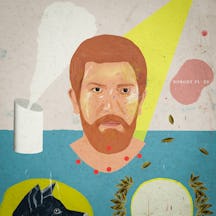Can throwing out possessions make you happy? Some professional declutterers garner millions of followers online and preach the satisfaction of a pared-down environment. Kate Wilkinson finds this is nothing new – anti-materialism has its roots in centuries-old religious ideals.
Living with less for spiritual gain
Words by Kate Wilkinsonartwork by Laurindo Felicianoaverage reading time 7 minutes
- Serial
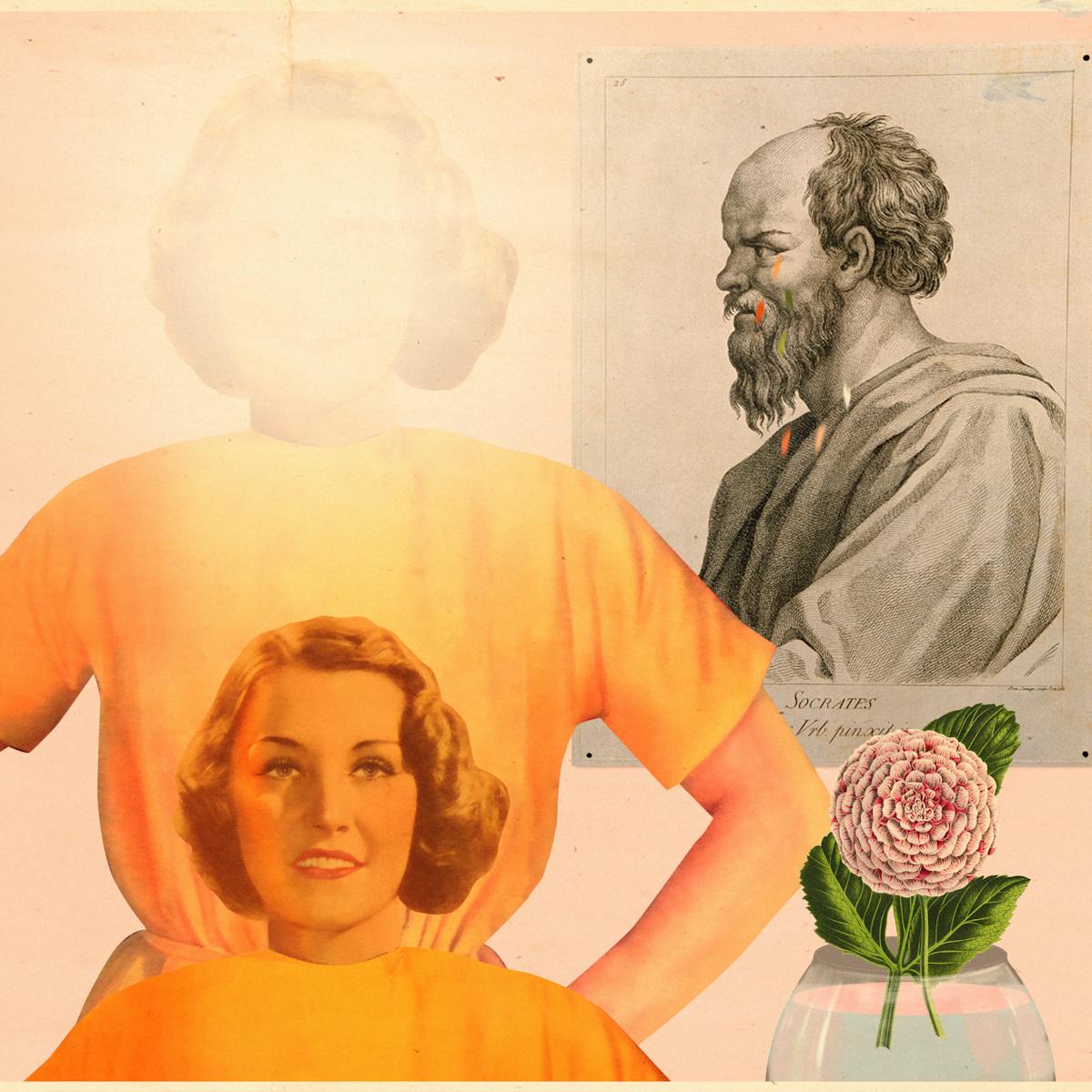
This mantra for happiness – “The secret of happiness, you see, is not found in seeking more, but in developing the capacity to enjoy less” – is ascribed to the Greek philosopher Socrates, and has taken many forms through the generations since.
Its wisdom comes from experience: having sought more, gained more, and not been happy, you might try the opposite. It can be exciting to seek new experiences or things, like mind-altering drugs or a new kitchen. But perhaps there’s more fulfilment to be found in focusing on what you already have.
For the past couple of years, my aunt Jane has been in the process of a serious declutter. It started when a friend told her about someone called Marie Kondo, who had a great method for folding underwear. Soon Jane’s drawers contained neat little sausages of clothes rather than jumbled stacks.
Inspired by Kondo and other minimalism enthusiasts online, she whittled down her possessions to the minimum. She had a skill for finding designer clothes on eBay at a good price; most of these items, for which she had once keenly bid, had to go. I became one of her beneficiaries, and some of my favourite items are hand-me-downs from Jane.
She’s kept some sentimental items, like mementos from her son’s childhood, and she’s waiting to find the perfect home for a large soft toy polar bear.
For Jane, this minimalist lifestyle came later in life. “I had such an adrenaline-fuelled life when I was younger,’ she says, “I felt a bit burned out and I don’t need that any more. What I need is peace and calm.” Now in her 60s, she feels the instinct to gain more has subsided, and a cluttered home feels stressful. “I don’t feel the need to improve my circumstances or build anything,” she says. “I don’t need to build for a future life.”
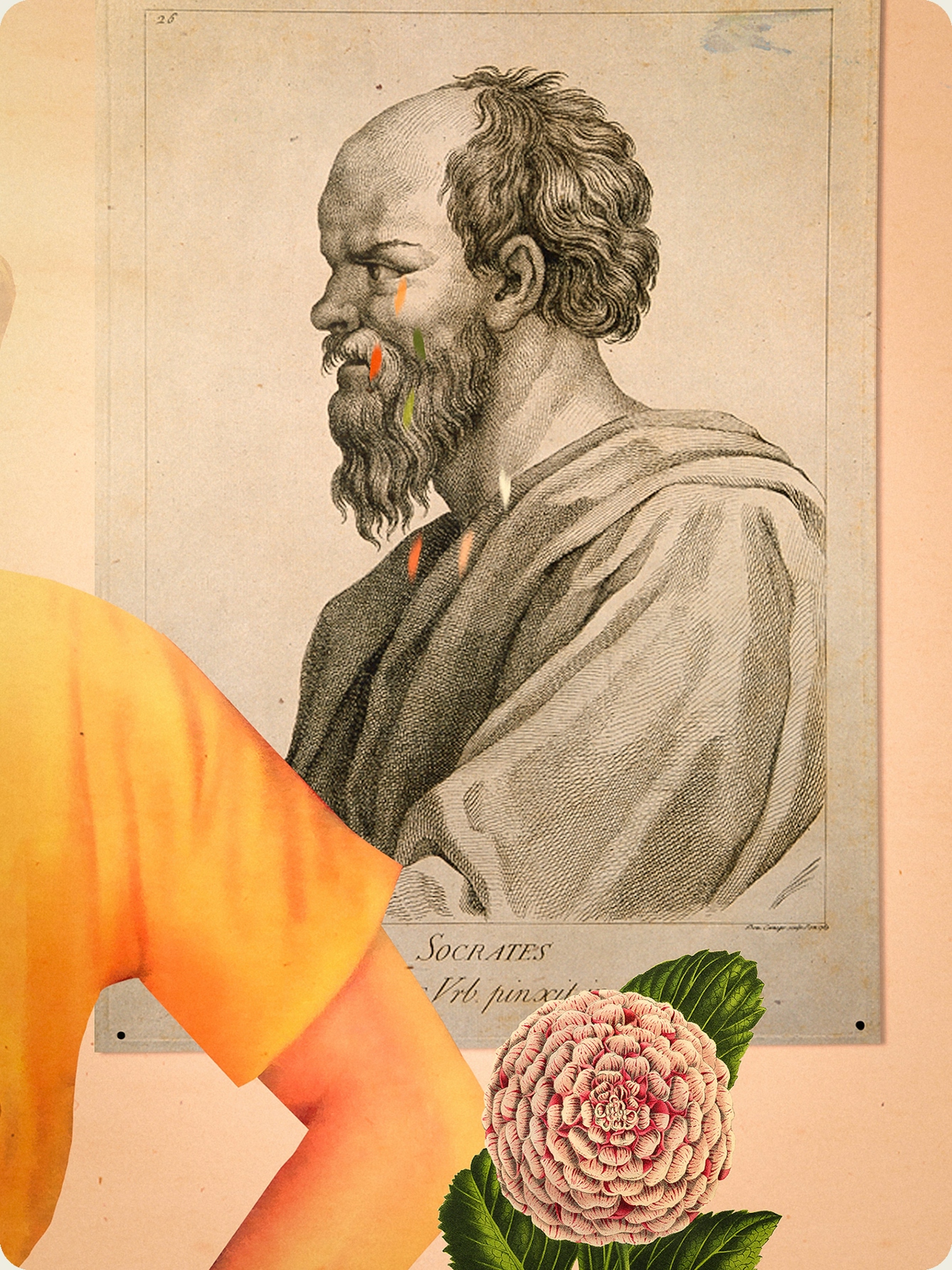
“The secret of happiness, you see, is not found in seeking more, but in developing the capacity to enjoy less” – Greek philosopher Socrates.
To outsiders, minimalists can look smug, displaying their pristine interiors alongside pseudo-spiritual messages on Instagram.
She doesn’t ask for anything on birthdays and Christmases and doesn’t feel the need to upgrade anything. She tells me about Swedish death cleaning, the cultural practice that involves getting rid of your possessions so your passing is less of a burden on your loved ones. For her, it’s an uplifting idea rather than a morbid one.
The growing trend for minimalism has its detractors. To outsiders, minimalists can look smug, displaying their pristine interiors alongside pseudo-spiritual messages on Instagram. Journalist Kyle Chayka opens his article ‘The Oppressive Gospel of ‘Minimalism’ with the observation, “It has become an ostentatious ritual of consumerist self-sacrifice; people who have it all now seem to prefer having nothing at all.”
He points to tech entrepreneurs like James Altucher, who are turning to seemingly radical possession-free living. Does the greatest disaffection for mindless consumerism come from those at the top? Or is it just another way to assert cultural superiority? Jane acknowledges that, “It’s privileged to be able to look down on ‘things’. It’s lovely to be in that position, but it doesn’t give you higher morality.”
Rebellion and rejection of the world
Today’s Instagram minimalists are new, but the idea of finding more in less isn’t. For early Christian spiritual ascetics, rejecting material excess and living simply was more than a lifestyle choice – it played a key role in the pursuit of a moral life with God.
‘Asceticism’ comes from the Greek to train or to exercise, a concept with militaristic and athletic connotations. The ascetic movement blossomed in the early Christian Church of the third and fourth centuries, as Christian doctrine was becoming institutionalised, and the devout looked to the desert as a place to actively follow Christ’s example.
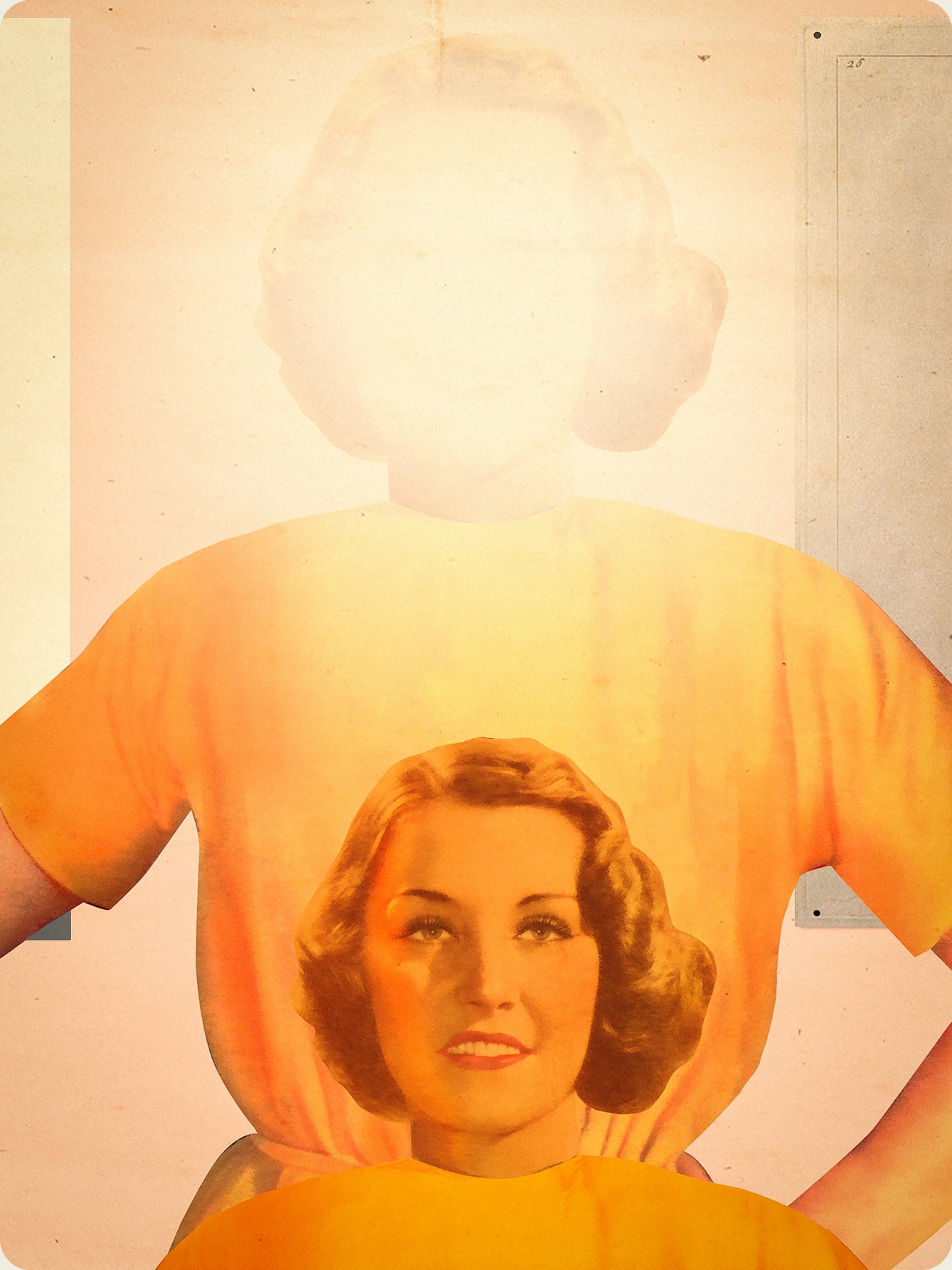
“Christian asceticism and contemporary minimalism both spring from a desire to live authentically and a dissatisfaction with the empty promises of an excessively materialistic culture.”
They formed monastic communities away from the cities where Christianity had become too comfortable. Jo Ann Kay McNamara describes this movement in ‘Sisters in Arms’, her history of Catholic nuns: “Multitudes – contemporaries claimed tens of thousands – of ardent individuals felt driven to forsake the world and seek the absolute in those blazing silent places where all dross might be stripped from the eager soul through ascesis.”
Some of the best-known ascetics of the early Christian Church came from money. In order to give everything away, you need to own things in the first place. Melania the Elder (whose granddaughter also became a revered Christian ascetic) was born into one of the wealthiest families in fourth-century Spain. At the age of 22, Melania’s husband, an important Roman consul, fell ill and died, as did two of her three children.
She had grown up with Christianity, but this moment marked a drastic change in her life. Turning away from the aristocratic society she grew up in, Melania left her remaining child with a guardian and departed Rome with an entourage of servants and possessions. Seeking the teachings of the monastics of the Egyptian desert, Melania embarked on a years-long process of giving her wealth away.
In order to subordinate the desires of the body to the will of the spirit, holy men and women committed to celibacy and ate and slept little. Wealthy women like Melania shed themselves of fine clothes and jewellery, taking up coarse goat-hair robes and refraining even from the vanity of bathing. In their pursuit of the Christian ideal of perfection, prayer and menial work were among the only functions their bodies could perform.
There are some obvious similarities as well as fundamental differences between Christian asceticism and contemporary minimalism. They both spring from a desire to live authentically and a dissatisfaction with the empty promises of an excessively materialistic culture.
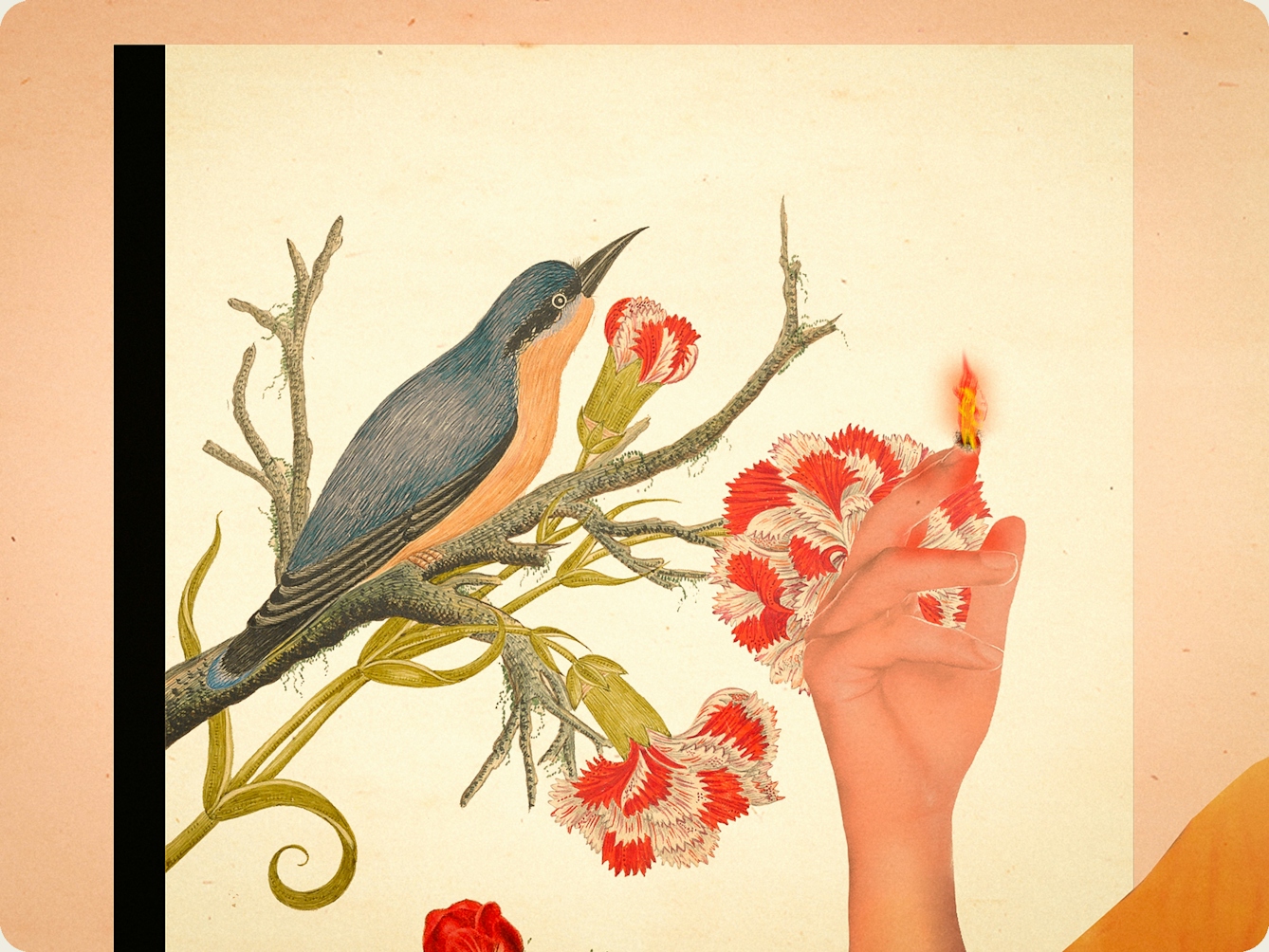
“The practical element to early Christian asceticism for women was freedom. They had spiritual and intellectual motivations [and] more to gain by turning away from a patriarchal society.”
There’s also a practical motivation for some of each movement’s adherents. Some of today’s younger minimalists, frustrated by high rents and the unreachable aspiration of home ownership, discover alternatives. The young people featured in this BBC article decide to live in a van and abandon the trappings of a conventional lifestyle.
The practical element to early Christian asceticism for women was freedom. They had spiritual and intellectual motivations, just like their male counterparts, but more to gain by turning away from a patriarchal society. As McNamara says, “Asceticism was a rejection of the world and the flesh. It was perfectly expressed in the rebellion of women against a family structure designed to maintain and continue an empire based on patria potestas (the power vested in the head of a family).”
In the desert, women could seek “an independent religious life” and “test the full range of their spiritual prowess”. Melania’s move to the Nitrian Desert allowed her to avoid remarrying, required of her under Roman law.
Christian asceticism asks far more of its followers than contemporary minimalism. Christian ascetics follow Jesus’s radical call to give everything to the poor and follow him. The bodily restrictions on sleep, washing and sex seem unnecessarily punishing today.
Minimalism, by contrast, accepts that things can bring value to your life. It is therefore important to celebrate certain valued objects and get rid of everything else. Being a minimalist means something different to everyone, depending on what you value, and is therefore far more individualistic.
Christian ascetics undertake a spiritual quest with God at its centre. At the centre of minimalism is happiness. But minimalism says that happiness isn’t a quest – it doesn’t involve discovering new things outside the home. The grass isn’t greener on the other side. Happiness is finding purpose where you already are.
About the contributors
Kate Wilkinson
Kate works at Pushkin Press. When not submerged in a book, she can be found walking or practising Spanish. Sometimes both at once.
Laurindo Feliciano
Laurindo Feliciano is a Brazilian contemporary artist and illustrator who has been living and working in France since 2003. Inspired by vintage aesthetics, he creates illustrations using techniques such as collage and digital painting. All his illustrations and posters share a certain nostalgic flair and a great passion for surrealism. His work has been published and exhibited in several countries, and in 2014 he won the AOI (Association of Illustrators) Professional Editorial Award. Among his clients and collaborations are the Musée des Arts Décoratifs/Paris, the V&A, British Airways, WIRED, the Financial Times, Penguin Vintage, Netflix, and many others.

